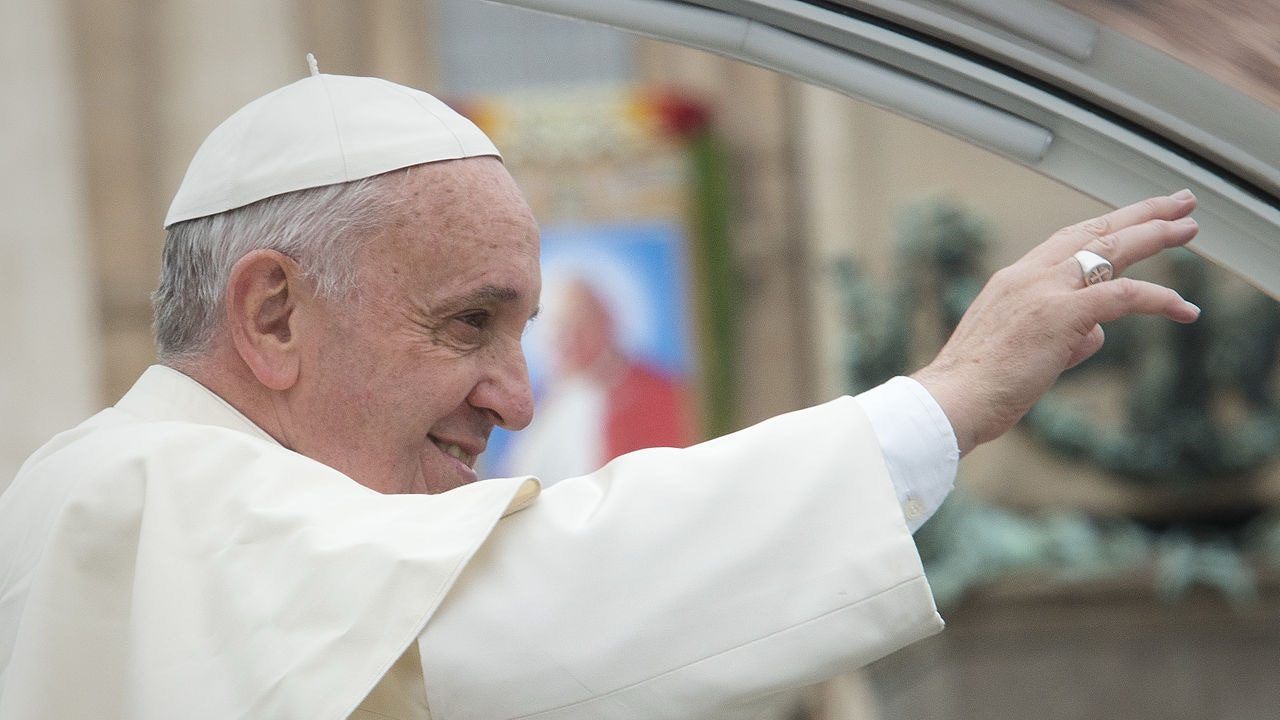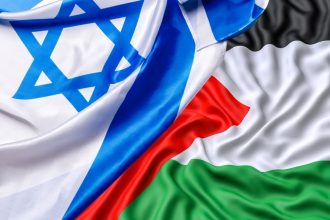Rome, Italy (WNEWS) – #PopeFrancis, the 88-year-old leader of the Roman Catholic Church, is currently in critical condition at #Rome’s Gemelli Hospital. The Vatican reported that he suffered a prolonged asthmatic respiratory crisis on Saturday morning, necessitating the administration of high-flow oxygen. Additionally, blood tests revealed a low platelet count, leading to blood transfusions. Despite being alert and spending the day in an armchair, the Pope is experiencing increased discomfort compared to the previous day. The Vatican has described his prognosis as “guarded,” indicating that he is not out of danger.
A History of Health Challenges
Pope Francis has faced numerous health issues throughout his life. At the age of 21, he underwent surgery to remove part of one lung due to a severe respiratory infection. This early health challenge has made him more susceptible to respiratory illnesses. In recent years, he has dealt with chronic sciatica, leading to bouts of severe pain and affecting his mobility. This condition has occasionally forced him to cancel or modify public appearances.
In July 2021, the #Pope underwent surgery to remove 33 centimeters (13 inches) of his colon due to diverticulitis, a condition that causes inflammation and infection in the colon. The surgery required a 10-day hospital stay. In March 2023, he was hospitalized again for a respiratory infection, later revealed to be acute pneumonia, which was treated with intravenous antibiotics. Later that year, in June, he had abdominal surgery to remove scar tissue and repair an abdominal hernia, resulting in another nine-day hospital stay. These recurrent health issues have raised concerns about his ability to fulfill the demanding duties of the papacy.
Recent Health Deterioration
The current health crisis began on February 14, 2025, when Pope Francis was admitted to Gemelli Hospital after experiencing difficulty breathing. Initially diagnosed with bronchitis, his condition worsened, leading to a diagnosis of a complex respiratory infection and pneumonia in both lungs. The Vatican has described his clinical condition as “complex,” with concerns about the potential onset of sepsis, a severe and potentially life-threatening response to infection. As of Friday, there was no evidence of sepsis, but doctors remain vigilant due to the Pope’s age and medical history.
Impact on Papal Duties and Vatican Activities
Due to his hospitalization, Pope Francis has been unable to lead public celebrations and has missed the traditional Sunday Angelus prayer for two consecutive weeks. This is a rare occurrence, as he has previously managed to maintain his public duties even after significant medical treatments. The Vatican has continued with its scheduled activities, including Holy Year celebrations, in his absence. Cardinal Pietro Parolin, the Vatican Secretary of State, has addressed speculation regarding a potential papal resignation, stating that such discussions are “useless” and emphasizing the focus should be on the Pope’s health and recovery.
Global Reactions and Support
The news of Pope Francis’s critical condition has prompted reactions from around the world. White House Press Secretary Karoline Leavitt stated that President Donald Trump has been briefed on the Pope’s condition and is preparing a statement. She added, “We’re praying for the Pope.” Italian Prime Minister Giorgia Meloni visited the Pope in the hospital, reporting that he was “alert and responsive” and in good spirits despite his diagnosis. Faithful around the world have been holding vigils and offering prayers for his recovery.
The Road Ahead
While Pope Francis remains alert and engaged, his medical team has expressed cautious concern. The primary risk at this stage is the potential development of sepsis, which could complicate his recovery. Doctors have not provided a definitive prognosis, emphasizing the need for continued monitoring and treatment. The Pope’s age and history of respiratory issues add to the complexity of his condition. The Vatican has requested privacy and understanding as they navigate this challenging period, focusing on providing the best possible care for the Holy Father.
As the situation develops, the global Catholic community and leaders worldwide continue to offer their support and prayers for Pope Francis’s recovery.










